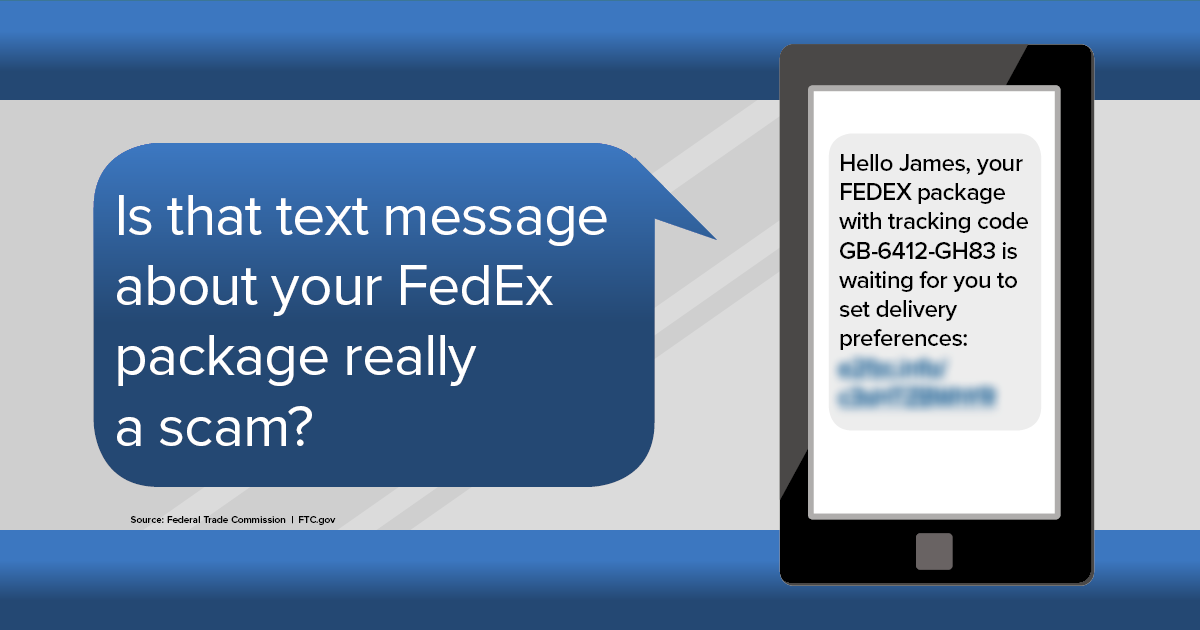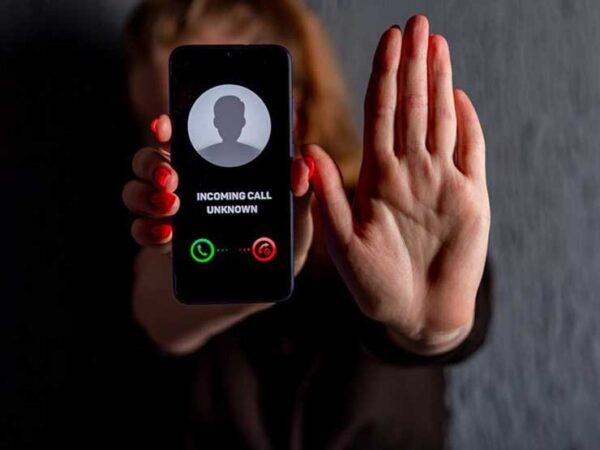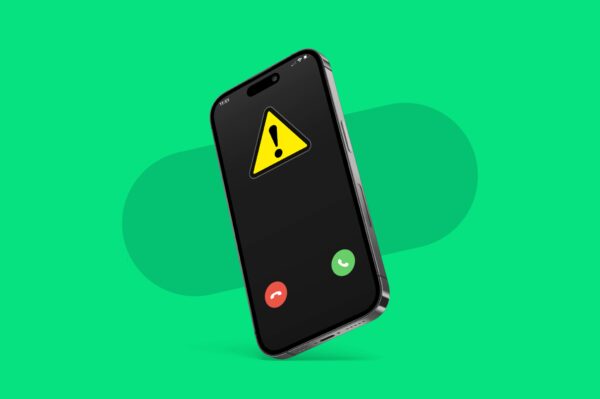Spam alert : us9514961195221 , us9514 , 9611 , 95221 , usps tracking ,++us9514961195221
Introduction
US9514961195221 : scams have evolved from traditional schemes to more sophisticated and elusive tactics. One such scam that has garnered attention is the US9514961195221 scam, a deceptive web of fake text messages designed to exploit unsuspecting individuals. This blog post delves into the intricacies of this scam, shedding light on how it operates and offering guidance on how to protect yourself.
The US9514961195221 Scam Unveiled
The US9514961195221 scam is a type of phishing scheme that primarily targets mobile phone users. It begins with the victim receiving a text message from an unknown number or contact with the message “US9514961195221: Your account has been compromised. Click here to secure it.” This message is crafted to incite panic and urgency, prompting the recipient to take immediate action.
Read more : https://goodnewsbyte.com/2033222305-who-called-me-in-uk-020-area-code/
-
The Bait
The initial text message serves as bait, luring victims into clicking on a link provided within the message. The link often appears legitimate, leading to a website that mimics a trusted entity, such as a bank, government agency, or reputable company. The scammers use various tactics to make the website seem genuine, including using official logos and layouts.
-
Information Harvesting
Once the victim lands on the fraudulent website, they are prompted to enter sensitive information such as usernames, passwords, credit card numbers,US9514961195221 and personal identification details. Unbeknownst to the victim, this information is collected by the scammers to carry out fraudulent activities.
-
Malware Distribution
In some instances, clicking the link can also lead to the download of malicious software onto the victim’s device. This malware can range from spyware to ransomware, compromising the victim’s device and personal data.
-
Financial Exploitation
With the stolen information, scammers gain access to the victim’s bank accounts, credit cards, and other financial assets. They may make unauthorized transactions, drain bank accounts, or engage in identity theft.
Why People Fall for the US9514961195221 Scam
Several factors make individuals susceptible to falling for the US9514961195221 scam:
- Fear and Panic: The initial text message plays on people’s fear of a compromised account or security breach, leading them to act impulsively without thinking critically.
- Social Engineering: Scammers use social engineering tactics to manipulate emotions, convincing victims that immediate action is necessary to protect their assets.
- Realistic Appearances: The fake websites closely mimic legitimate ones, making it difficult for individuals to distinguish between the two.
- Lack of Awareness: Many people are unaware of common phishing scams and may not recognize the signs of a fraudulent message or website.
Protecting Yourself from the US9514961195221 Scam
Prevention is the best defense against the US9514961195221 scam and similar phishing schemes. Here are some essential tips to protect yourself:
- Be Skeptical: Always approach unsolicited text messages, emails, or links with caution. Verify the sender’s identity and the legitimacy of the message before taking any action.
- Avoid Clicking on Suspicious Links: Do not click on links in text messages or emails from unknown sources. If you suspect a message is fraudulent, delete it immediately.
- Verify Contact Information: If you receive a message claiming to be from a reputable organization, verify the contact details independently rather than relying on the provided information.
- Use Two-Factor Authentication (2FA): Enable 2FA for your online accounts whenever possible. This adds an extra layer of security by requiring a second form of verification.
- Educate Yourself: Stay informed about common phishing scams and tactics used by scammers. Knowledge is a powerful tool in preventing fraud.
- Install Antivirus and Antimalware Software: Keep your devices protected by installing reputable antivirus and antimalware software that can detect and remove malicious software.
Conclusion
The US9514961195221 scam is a deceptive and insidious phishing scheme that preys on people’s fear and lack of awareness. Understanding how this scam operates and following preventive measures is crucial to safeguarding your personal and financial information.
By staying vigilant and practicing good online hygiene, you can protect yourself and help thwart the efforts of cybercriminals. Remember, the best defense is a well-informed and cautious approach to online communication and interactions.
FAQ
-
What should I do if I receive a suspicious text message or SMS?
- Be cautious and do not click on any links or provide personal information.
- Delete the message immediately.
- Consider blocking the sender’s number to prevent further messages.
- Report the scam to your mobile carrier and the Federal Trade Commission (FTC) in the United States.
-
How can I identify a scam text message?
- Look for spelling and grammatical errors in the message.
- Be suspicious of unsolicited messages from unknown senders.
- Be cautious of messages that ask for personal or financial information.
- Avoid clicking on links or downloading attachments from unverified sources.
-
What if the message claims to be from a legitimate organization or company?
- Independently verify the message’s authenticity by contacting the organization directly using official contact information (not information provided in the message).
-
Can scammers use fake tracking numbers like “US9514961195221” to trick people?
- Yes, scammers may use fake tracking numbers to create a sense of urgency or legitimacy in their messages. Always verify the message and its source independently.
-
What are some additional precautions to take to avoid falling for text message scams?
- Install reputable security software on your mobile device to help detect and prevent scams.
- Be cautious about sharing your phone number online or with unknown entities.
- Educate yourself and your family about common scam tactics and warning signs.




